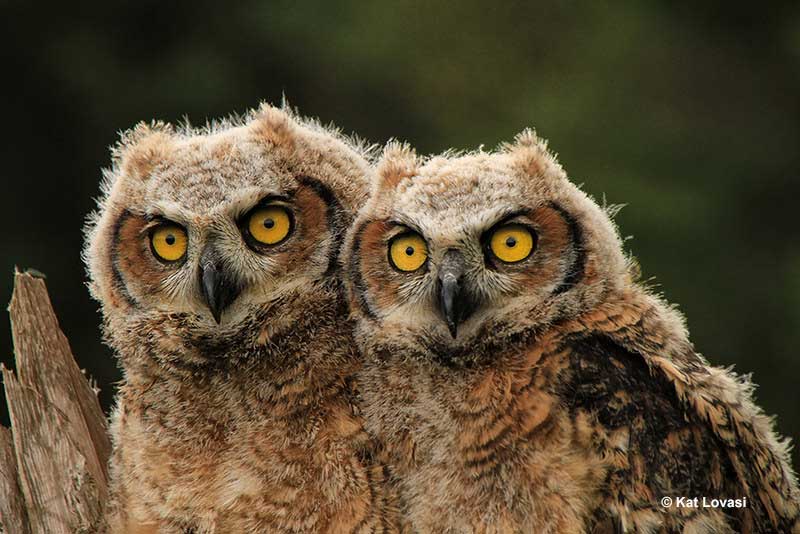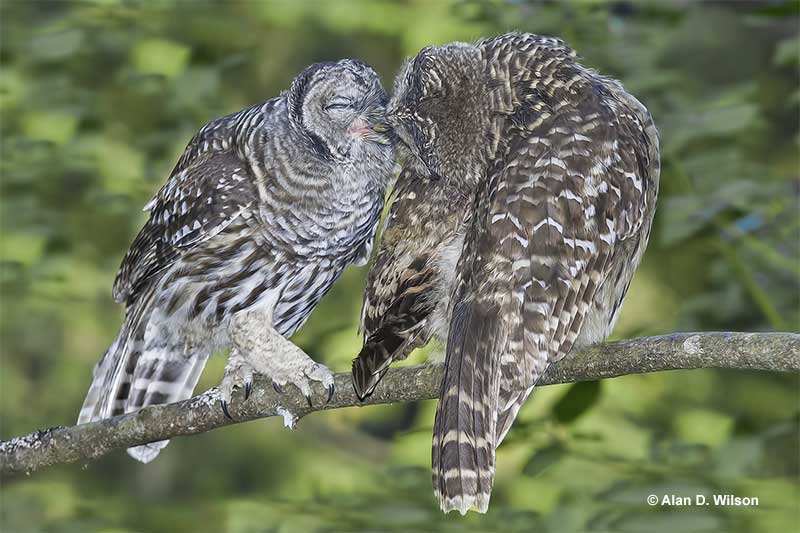
Owls are special creatures with different lifestyles and behaviors. Their nocturnal habits make owls hard to watch and even more challenging to study. What do owls eat? How and where do they live?
Let’s read some owl facts!
On this page
- 1. The Great Horned Owl is the only predator that will regularly eat skunks.
- 2. Great Horned Owls will eat other owls.
- 3. Symbols of wisdom.
- 4. Many owl species have asymmetrical ears
- 5. The smallest owl in the world is the Elf Owl
- 6. What about those eyes?
- 7. So do those eyes really work well at a distance?
- 7. What about the neck, can the owl rotate its head 360 degrees?
- 8. A group of owls is called a parliament.
- 9. Long-eared Owls can form flocks that number in the hundreds.
- 10. Owls have special feathers that muffle the sound of their wingbeats.
- 11. Owls have a reputation of being active at night.
- 12. Some owl species mostly eat fish.
- 13. Owl are found on every continent except Antarctica.
- 14. Powerful hunters require powerful tools.
- 15. Baby owls are the cutest things ever!
1. The Great Horned Owl is the only predator that will regularly eat skunks.
Great Horned Owls eat smaller mammals and even other birds, so the Great Horned Owls eating skunks shouldn’t really be that surprising. Skunks are generally pretty well protected by their defense mechanism, but owls don’t have a sense of smell.
It doesn’t keep these big raptors from catching and eating skunks on a regular basis! They hunt these animals by watching from a perch at night and then swooping down to grab the unlucky skunk with their talons.
Did you know? After eating, owls cough up the bones and for (or feathers) in pellet form!
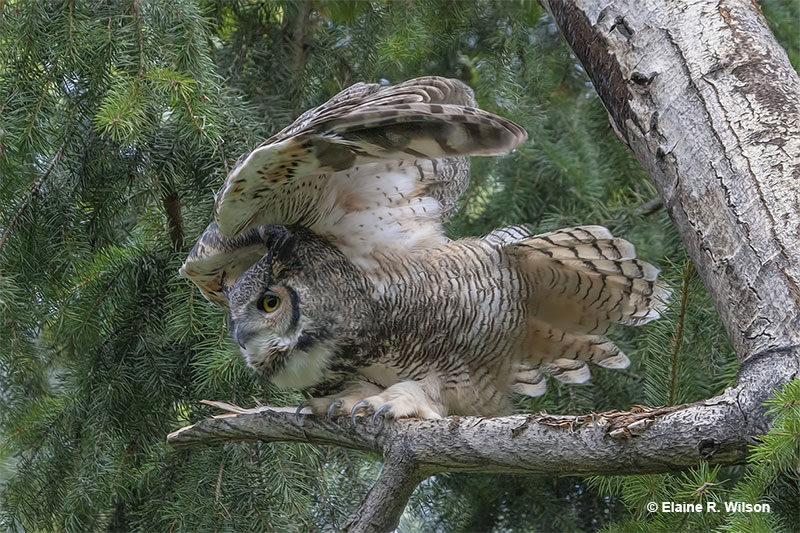
2. Great Horned Owls will eat other owls.
Owls are powerful birds of prey, so it’s no surprise some of them hunt other birds, too. Great Horned Owls, especially, are known for this habit. They can even hunt down and eat hawks and smaller owls, including my favorite owl, the Barred Owl.
This big raptor benefits from catching other owls for two main reasons. Not only does it have something to eat, but in killing other owls, it also eliminates competition.
3. Symbols of wisdom.
Owls are seen as symbols of wisdom all over the world. In Greek mythology, owls were depicted to accompany or symbolize Athena, the goddess of wisdom. The fact that owls are calm and observant in nature plays a part in it, too.
In addition to wisdom, owls are said to symbolize independence, protection, supernatural powers, courage, and strong intuition.
Related: Can you have an owl as a pet?
4. Many owl species have asymmetrical ears
Usually, one ear is slightly higher on the head than the other. Owls have extremely good hearing and the slightly offset location of the ears helps them hone in on the exact location of a sound.
This adaptation helps species like the Barn Owl, Great Gray Owl, and Boreal Owl catch rodents in completely dark conditions. Asymmetrical ears are also more pronounced in species that mostly feed on mice, voles, and other rodents.
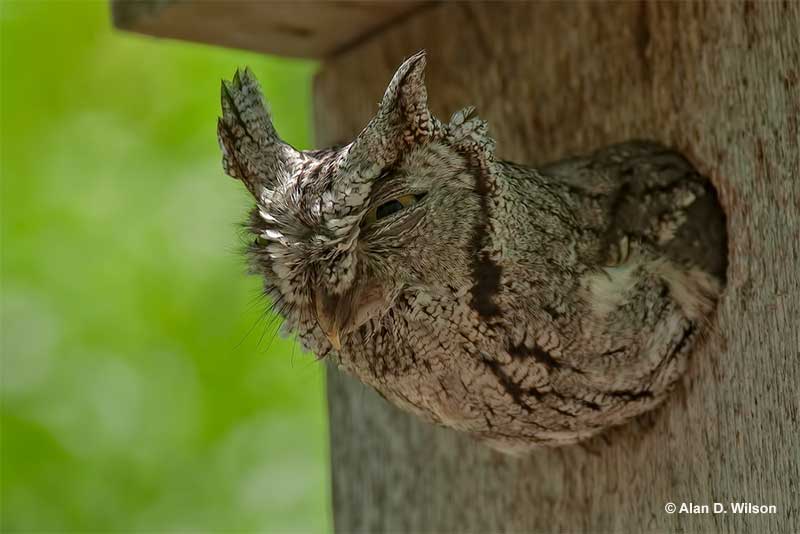
5. The smallest owl in the world is the Elf Owl
Elf Owls are around 5 – 6 inches tall and weigh about 1 ½ ounces. That’s around the same size as a sparrow!
The largest North American owl, in length, is the Great Gray Owl, which is up to 32 inches tall. Owls such as the Eurasian Eagle Owl are not as long but are heavier.
6. What about those eyes?
Owl eyes are fixed and are more tube-shaped than round. They can not be moved to allow the owl to peek to the right or left without moving their head. Unlike many birds, their eyes are on the front of their face, more human-like from that perspective, and provide the owl with great depth perception.
7. So do those eyes really work well at a distance?
Owls have fantastic eyesight! The Northern Hawk Owl can detect a vole up to a half a mile away. A combination of sight and sound help it pinpoint its prey. And when they do locate it, they are ready to defeat it with their powerful legs and claws.
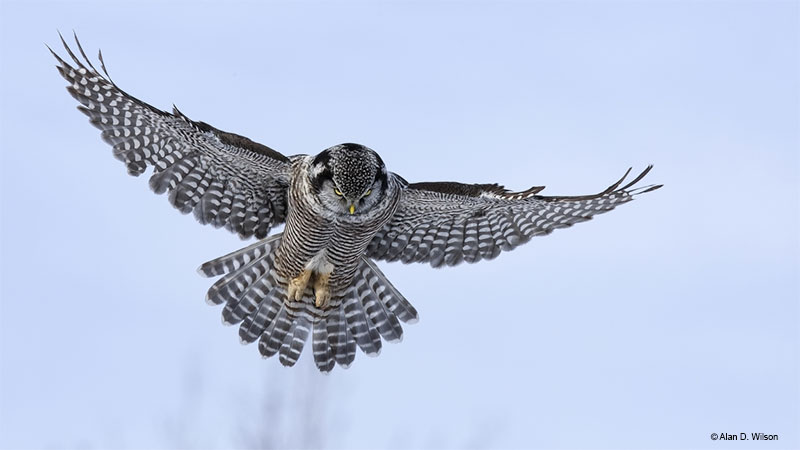
7. What about the neck, can the owl rotate its head 360 degrees?
To compensate for not being able to move their eyes, Owls can rotate their necks 270 degrees. A blood-pooling system stores blood to power their brains and eyes; when the head rotates so far the blood is cut off. During the day, we sometimes see owls rotate their head to look at us!
8. A group of owls is called a parliament.
This expression is thought to originate from C.S. Lewis’ description of a meeting of owls in The Chronicles of Narnia. However, we rarely see parliaments of owls. Most owl species occur on their own or in pairs.
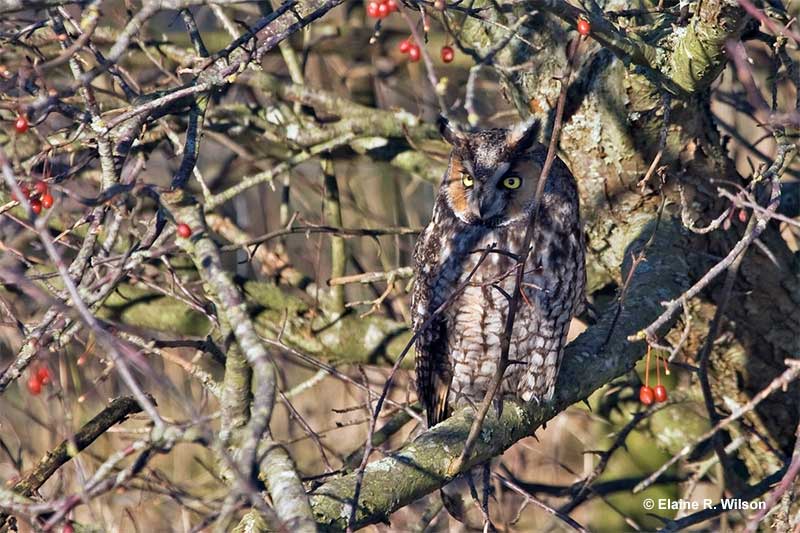
9. Long-eared Owls can form flocks that number in the hundreds.
Although most owls do not form flocks (or parliaments), the Long-eared Owl frequently roosts together.
In southern Ontario, I have seen groups of 30 and even 40 Long-eared Owls hiding in dense stands of conifers. However, that’s nothing compared to the number of Long-eared Owls that flock in Kikinda, Serbia. Literally, hundreds and even thousands of Long-eared Owls spend the winter in this small city!
10. Owls have special feathers that muffle the sound of their wingbeats.
Owl feathers have small, fuzzy structures that keep their wings quiet. They evolved this adaptation to counter the keen hearing of rodents and other small animals that they prey on. With silent wings, owls can more easily swoop in and catch small animals by surprise.
Owls can even hover, some have even described it as hovering over their prey like a helicopter!
11. Owls have a reputation of being active at night.
Some species are a little more active during the day than one might think. The Barred Owl and the Short-eared Owl are crepuscular active around dawn and at dusk. Short-eared owls hunt by silently gliding over open fields, in a behavior similar to the hunting style of the Northern Harrier.
It’s easy to hear them hooting at night. They use different vocalizations when they sense danger, declare their territory, or just for communication. Owls are ready to protect their nest at any time.
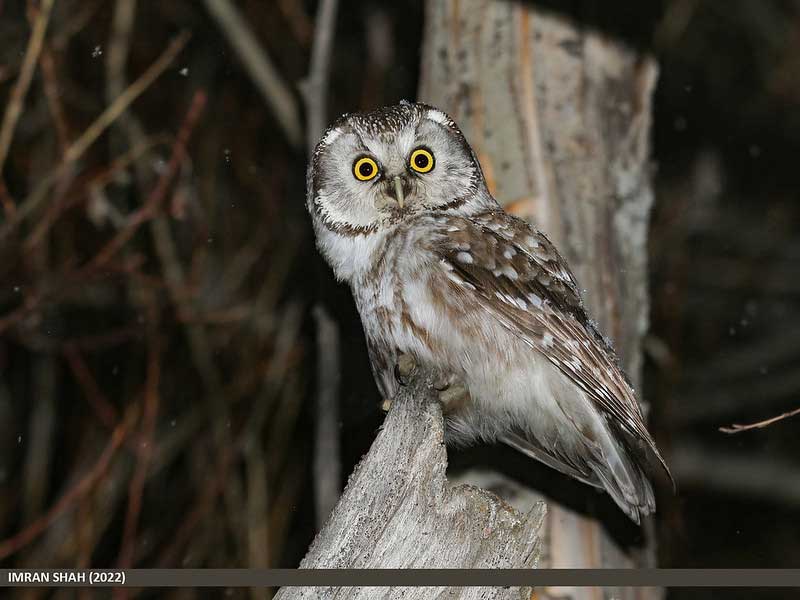
12. Some owl species mostly eat fish.
Many owls eat mammals, birds, and other small animals. However, there are seven fish-owl species that mostly feed on fish. These big owls live in forested habitats in Africa and Asia. They forage for fish at night by catching them near the surface or even wading into shallow water.
However, our species mainly eat small mammals or birds. Small rodents are especially popular, while larger species of owl can go for squirrels, rabbits, or unfortunately even cats. Some species even feed on insects.
Keep reading: What Do Owls Eat?
13. Owl are found on every continent except Antarctica.
Owls occur just about everywhere. Various species live in forest, grasslands, and even on the Arctic tundra. Several owl species are also restricted to just one or two islands, including Cuba, Puerto Rico, Jamaica, and islands in southeastern Asia. The only continent where owl do not occur is Antarctica.
Owls are not limited to just living in certain types of habitats, either. Species like Burrowing Owls live in burrows, often made by prairie dogs or armadillos.
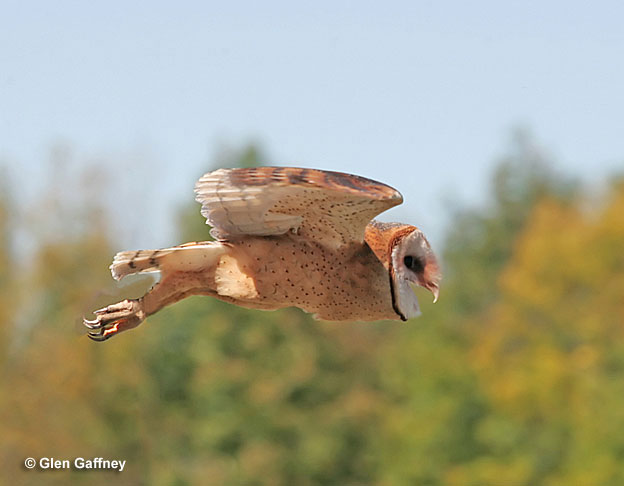
Barn Owl is the only species found on nearly every continent. Their range includes North America, South America, Europe, Africa, India, Southeast Asia, and Australia. They swallow their prey whole: skin, bones, and all. They may eat up to 1,000 mice each year! Their flat faces make Barn Owls easily identifiable.
Some other species, like the Boreal Owl and Snowy Owl live all over the northern hemisphere.
14. Powerful hunters require powerful tools.
‘Zygodactyl’ is a term that sounds like gibberish at first, but it is used to describe the shape of their feet – they have two toes facing forward and two toes facing backward. Their sharp talons are lethal – made for killing and ripping off large chunks of meat.
15. Baby owls are the cutest things ever!
All babies are cute, but baby owlets are even cuter! Like all birds, they start off as hatchlings and then nestlings. As time goes on, these little owls grow stronger and stronger. During the first few weeks, they rely heavily on their parents – the male and female owl, who happen to be mates for life. So much to look up to!
